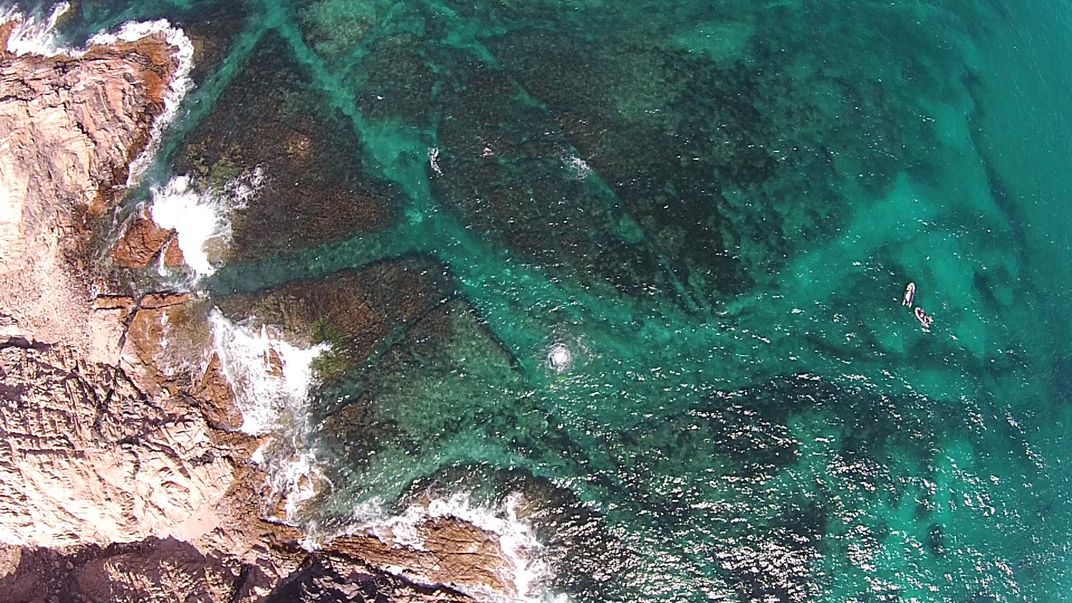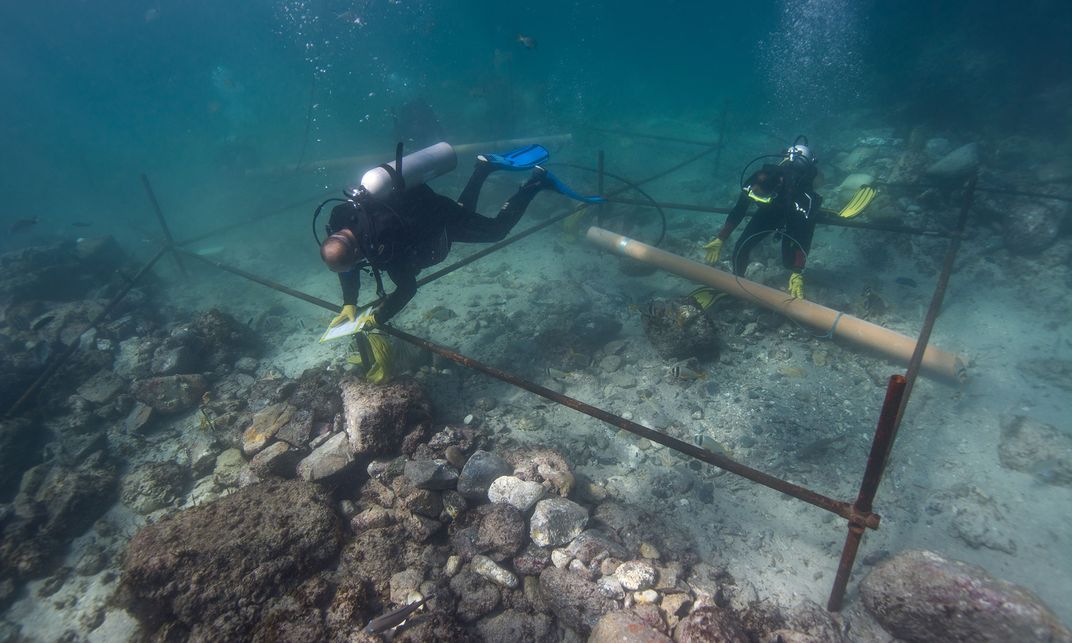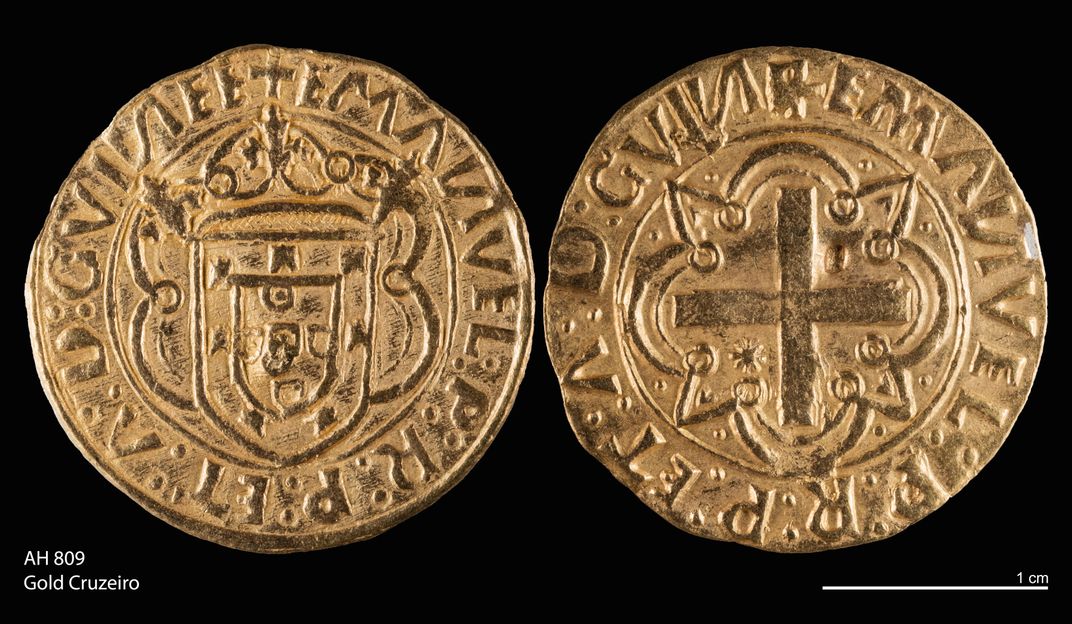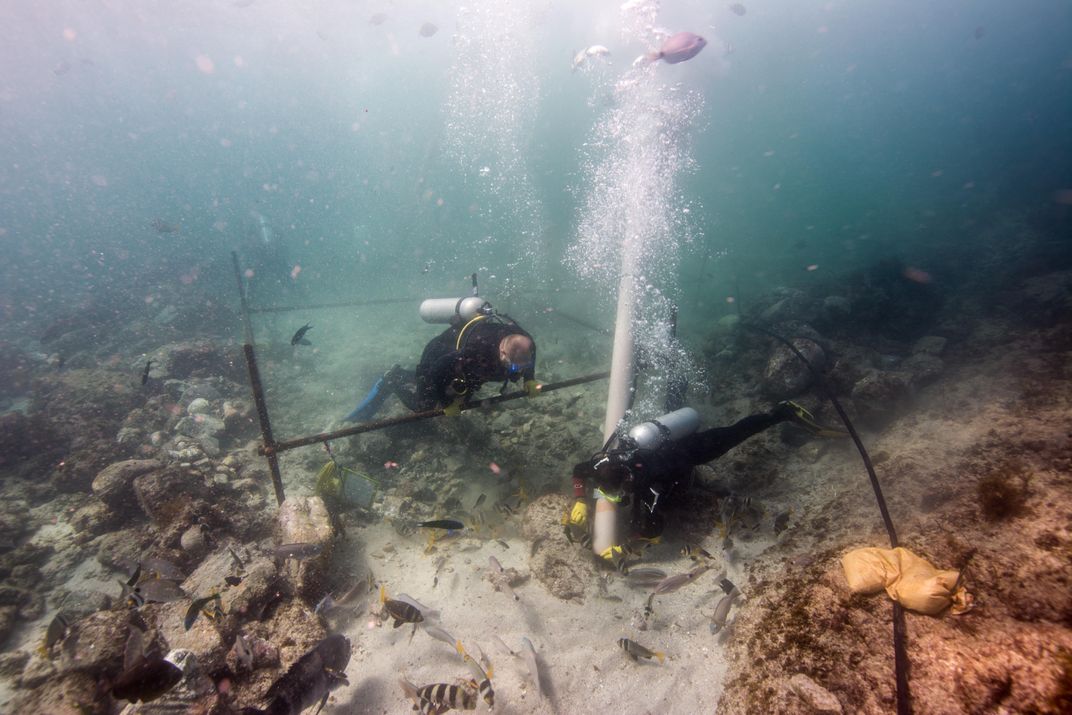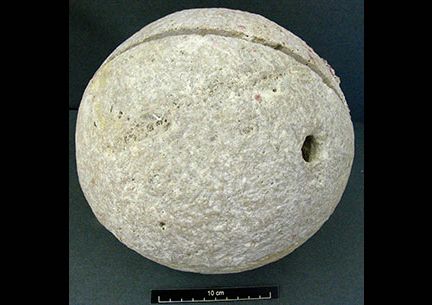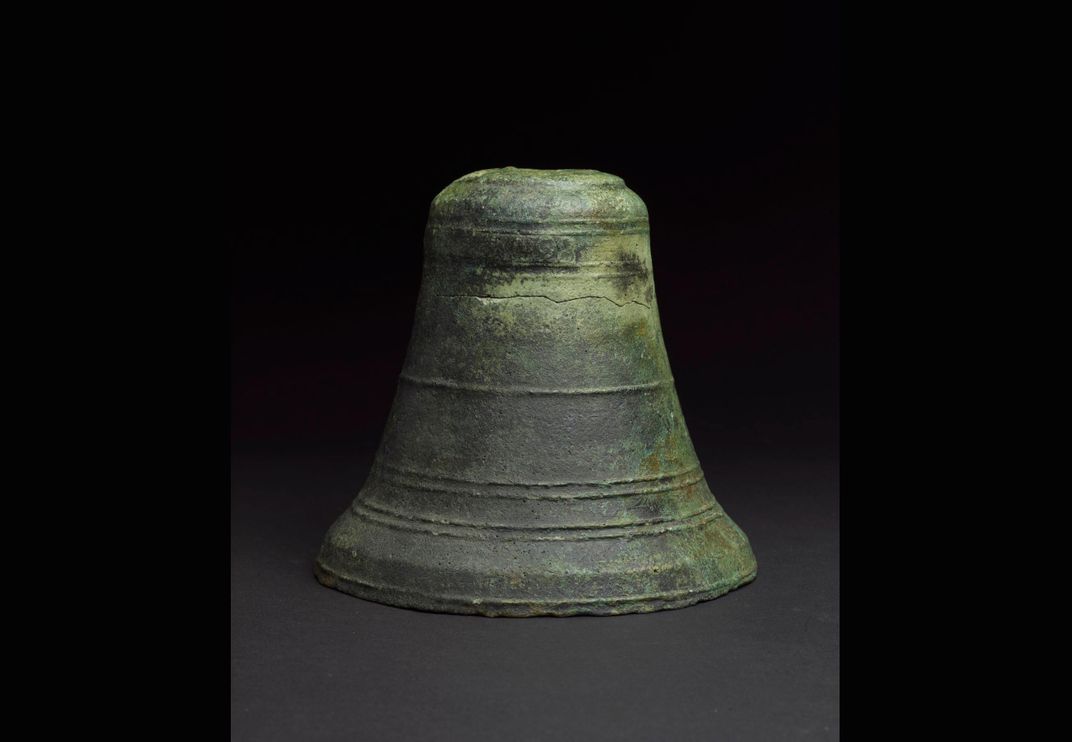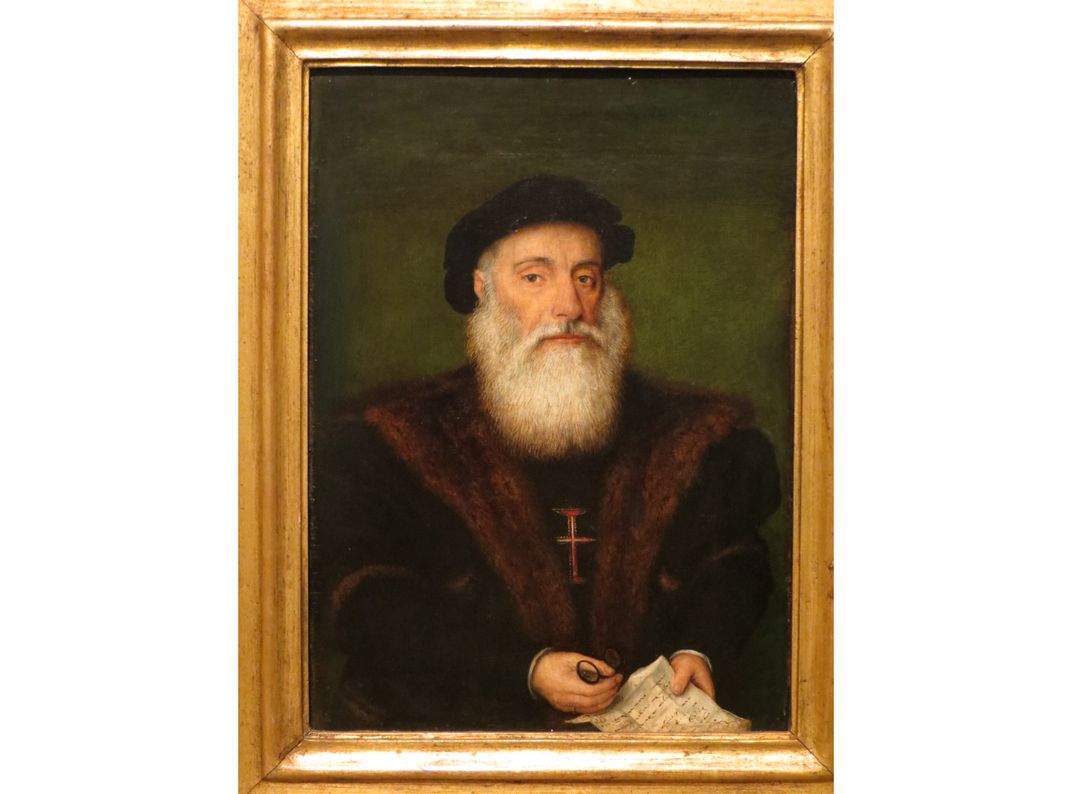Found: 500-Year-Old Portuguese Shipwreck From Famed Explorer’s Fleet
A warship from the famous navigator Vasco da Gama’s fleet has been excavated in the waters off Al Hallaniyah island in Oman
By some estimates there are over 3 million shipwrecks in waters around the world. Most of them are tragic, but unremarkable. A wreck recently excavated by Blue Water Recoveries and Oman’s Ministry of Culture and History, however, is exceptional: the remains of the Esmeralda, one of the ships in Portuguese explorer Vasco da Gama’s second fleet and the earliest ship from the European golden age of discovery ever recovered.
The wreck was originally discovered in 1998, the 500th anniversary of da Gama’s initial voyage, according to National Geographic. But excavations of the site off Al Hallaniyah island in Oman’s Dhofar region didn’t begin until 2013, followed by underwater surveys in 2014 and 2015. Now, an account of the excavations in the International Journal of Nautical Archaeology says those efforts and the 2,800 artifacts they produced offer convincing proof that the wreck is the Esmeralda, a ship from da Gama’s second trip to India commanded by his maternal uncle Vicente Sodré.
“This is the earliest ship [from the period of European maritime exploration of Asia] that has been found by a long stretch,” David Mearns, the legendary wreck hunter who led the survey tells The Guardian. “If you consider that that pre-colonial period started on a major basis with Columbus, in 1492, this is just a decade after that.”
Every middle schooler is taught (and quickly forgets) that in 1497 Portuguese explorer Vasco da Gama set off on a voyage of discovery, finding a sea route to India around the tip of Africa. But they usually don’t hear much about his second voyage, begun in 1502, in which da Gama led an armada of 20 warships to subdue merchants along India’s Malabar Coast.
The adventure was a brutal affair in which the fleet bombarded cities, attacked merchant vessels and looted and slaughtered a boatload of 400 religious pilgrims, according to a website the researcher set up. When da Gama turned home in 1503, he left a squad of five or six ships commanded by his maternal uncles Vicente and Brás Sodré to harass the Indian merchants and protect Portuguese interests on shore.
But the Sodré brothers had other plans. Instead, they headed to Gulf of Aden, where they looted Arab sailors of goods like pepper, rice, sugar and cloves before killing the crews and burning the ships.
In April 1503, the pirate squad took shore leave on Al Hallaniyah island. When the locals warned them that a big storm was on the way, Vicente and Brás decided to ignore them.
The storms soon tore the ships form their moorings while the sailors were on board. Brás’ ship, the São Pedro was washed ashore and most of the crew survived. The Esmeralda, however, ended up in the deeper waters of the bay, sinking and taking the crew, including Vicente, with her.
The survivors buried the bodies they recovered on the island before salvaging what they could, including cannons. Most of the ship's other artifacts were left behind.
Using that well-documented story, veteran wreck-hunter David Mearns and Blue Water Recoveries visited the area in 1998 to look for the ship. “Our team stood on top of the island and watched the waves come in, and put themselves in the place of the Portuguese, where they would have anchored and where the storm would dash them along the coastline,” Mearns tells Kristin Romey at National Geographic. “Then they snorkeled around and in 20 minutes started seeing cannonballs that were obviously from a European ship.”
The researchers have amassed a fair amount of evidence to support the proposed identity for the ship. Coins from the reign of Dom Manuel I, including 12 gold Portuguese cruzado coins, indicate the wreck is from the same time period as the Esmeralda. The ship’s bell may also hold a clue in the inscribed number 498, which researchers think represents the year 1498. Researchers also believe that initals VS marked on the stone cannonballs are the initials of Vicente Sodré. And dating of lead shot recovered from the site shows that it came from mines in Spain, Portugal, and Great Britain.
According to a press release, Future study of the recovered artifacts could reveal new information about early trade and war in the Indian Ocean.
